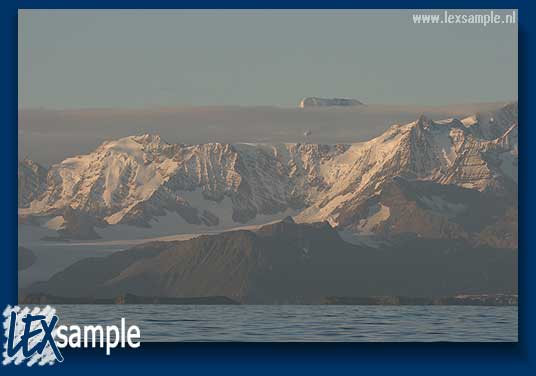 |
More than half of South Georgia is permanently covered with ice.
|
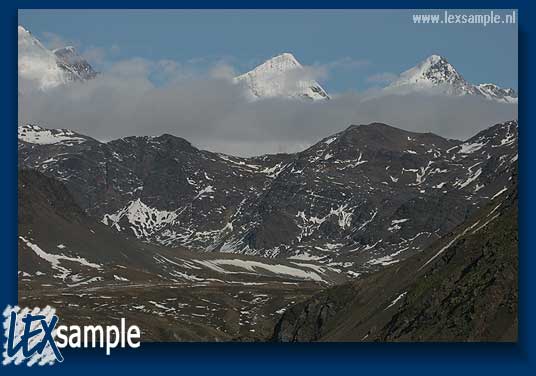 |
Mountains at the entrance to Cumberland East Bay, near Grytviken.
|
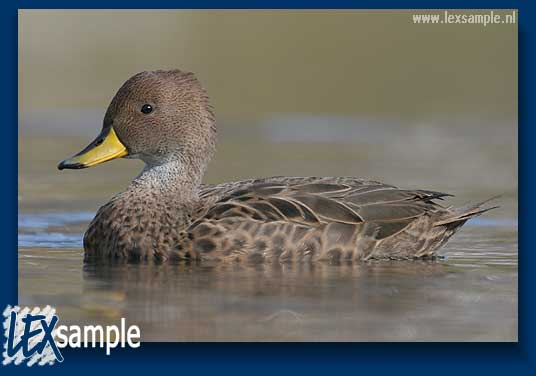 |
| In and around the waters of South Georgia 81 different bird species have been identified (Count 1997), and 31 species (amongst which 27 seabirds) are also breeding. Like other antarctic islands, the diversity is relatively low but those species that do occur, appear in huge numbers. Two endemic species are the South Georgia Pipit and the South Georgia Pintail (Anas georgica georgica). |
 |
A group South Georgia Pintails swim in the harbour at King Edward Point. The soft sounds and some sort of 'bubbling' sound are hardly audible.
|
|
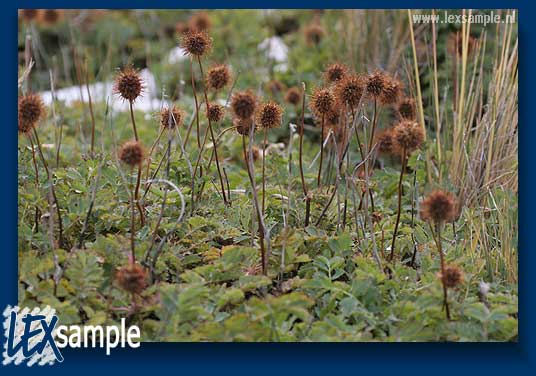 |
Greater burnet (Aceana magellanica) is a plant species that has seed bulbs that will attach themselves to the legs of your trousers.
|
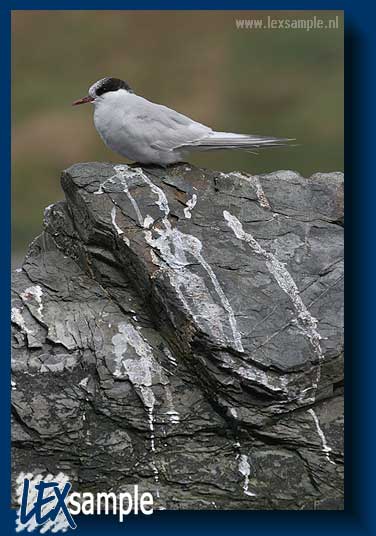 |
| (South Georgia) Antarctic Tern. |
 |
This (South Georgia) Antarctic Tern makes the typical screeching tern sounds. This recording shows two birds sitting on a rock at the harbour site.
|
|
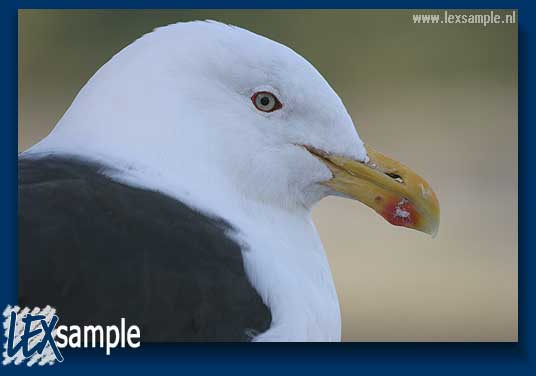 |
The Kelp Gull (Larus dominicanus) is the only gull that lives in the Southpole region.
|
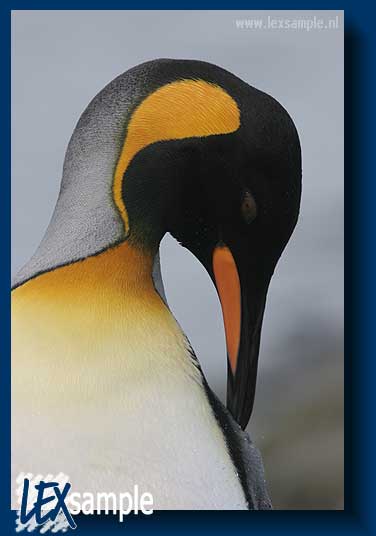 |
Portrait of a King Penguin (Aptenodytus patagonica). Nine species of penguin live on South Georgia. An estimated 400,000 breeding pairs of the King Penguin are found on South Georgia, spread over a few large colonies. Together, these colonies make up for two-thirds of the world population of the species.
|
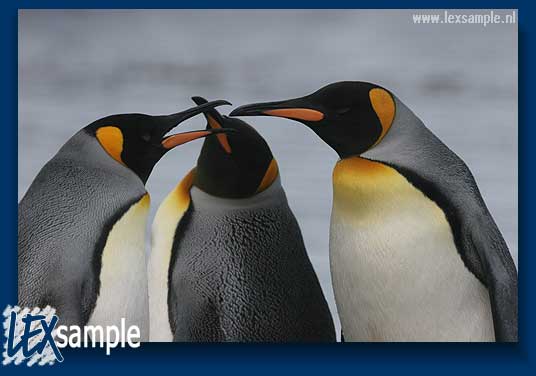 |
| King Penguins are very gregarious and inquistive. We observed how three of them inspected a reseach building, picking with their beaks at the construction. |
 |
This is a recording of the unmistakable trumpet-like call of the King Penguin. I suspect that they use this call to identify other King Penguins around, or maybe even individuals from their colony. This recording was made from some penguins that landed on the pebble beach (not in a colony).
|
|
This photograph is available as a postcard. For more information, view the catalogue (opens in new window).
|
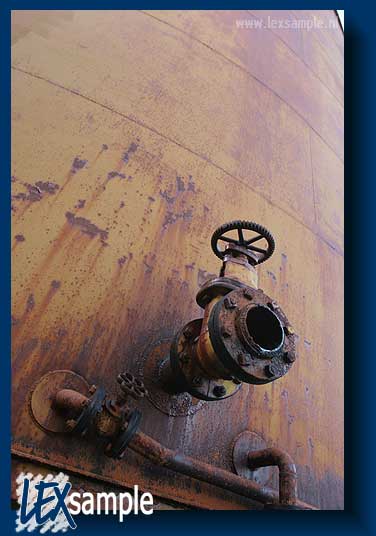 |
In 1904 the Norwegian C.A. Larsen started the whaling industry on South Georgia. In 1912, six whaling stations had been set up. In 1965 the last one closed down. When whaling was at its peak, about thousand people lived on South Georgia.
|
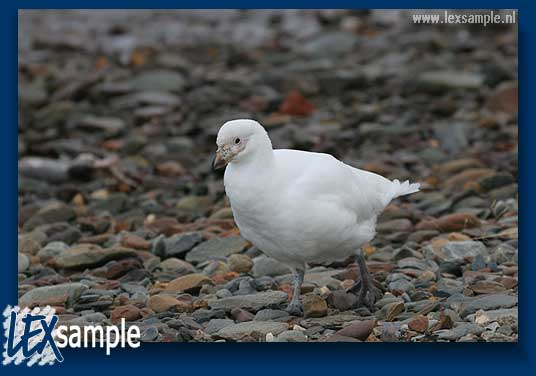 |
The Snowy Sheathbill (Chionis alba) is an important scavenger. About 2000 pairs of this bird breed on South Georgia.
|
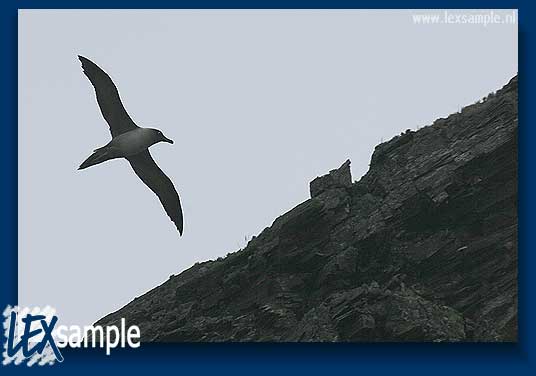 |
| A Light-mantled Albatross (Phoebetria palpebrata) glides along the cliffs where a young is on the nest (not on the picture). |
 |
Both this photograph and this recording were made on the same spot, possibly even of the same individual. The call is somewhat spooky.
|
|
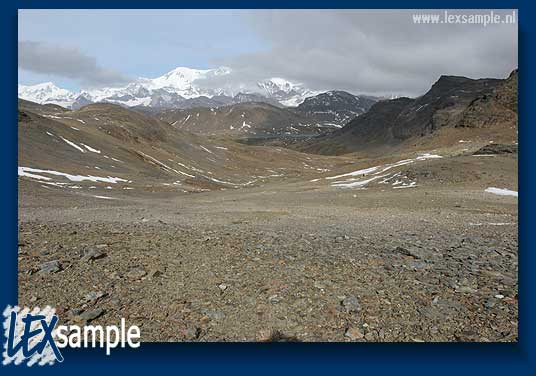 |
The area behind Grytviken is empty and rocky, but a variety of mosses and lichens manages to grow here.
|
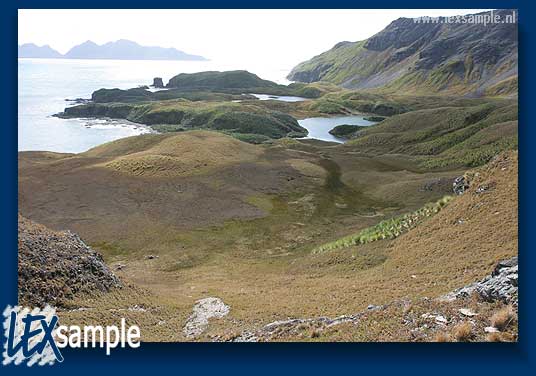 |
View over the bay at Maiviken.
|
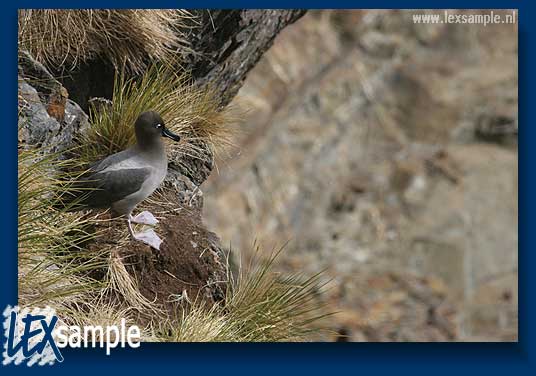 |
A Light-mantled Albatross watching from the cliffs and calling to other albatrosses that fly by. The number of breeding pairs is estimated at 5000-7000. Seven species of Albatross live on South Georgia.
|
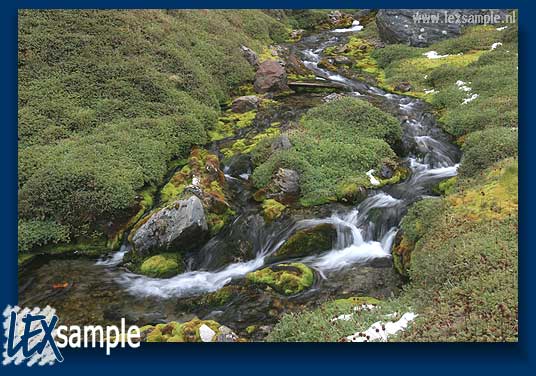 |
The vegetation on South Georgia is comparable to the one on the Falkand Islands and Patagonia. Trees and bushes are absent. The number of plant species is limited due to the harsh climate. Some 125 mosses and 150 lichens have been identified on the island. This photograph was taken at Maiviken.
|
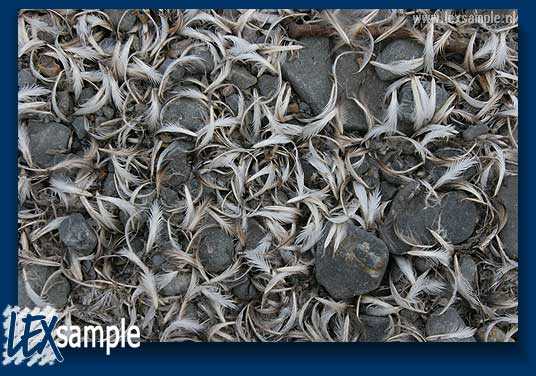 |
Feathers of molting King Penguins have been washed up on the pebble beach. Penguins have the highest density of feathers per square inch of all birds, so it's a good insulation layer.
|
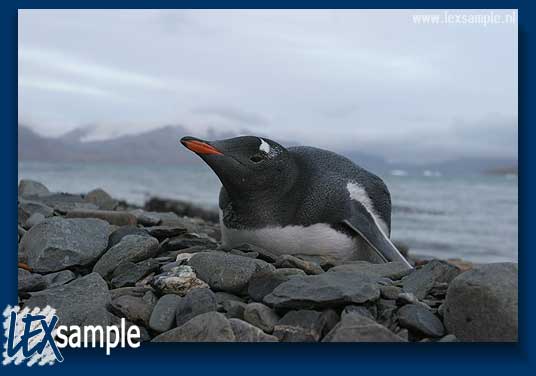 |
| About 100,000 breeding pairs of Gentoo Penguin (Pygoscelis papua) live in various colonies on South Georgia. |
Download this wallpaper as a background for your computer.
|



































 Next
Next